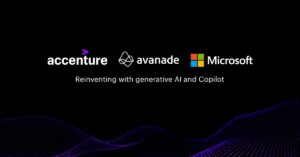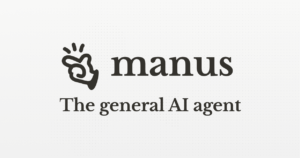Introducing Your New AI Partner: Microsoft Envisions Humans as ‘Agent Bosses,’ Transforming the Workplace

The Rise of AI in the Workplace
As technology continues to evolve, artificial intelligence (AI) is becoming an integral part of various industries, transforming traditional work environments. Companies like Microsoft are leading the charge, seeing the potential of AI as a valuable partner in the workplace rather than a mere tool. This shift raises important discussions about the role of humans in an increasingly automated world.
AI as a Collaborative Workforce
Microsoft views AI as more than just a technological advancement; they consider it a collaborative team member or, as they phrase it, an "agent boss." This perspective encourages people to see AI not as a replacement for human jobs but as a facilitator that enhances productivity and creativity.
Benefits of AI Team Members
- Increased Efficiency: AI can handle repetitive tasks, allowing employees to focus on more strategic aspects of their roles.
- Data Analysis: Advanced algorithms can analyze vast amounts of data quickly, transforming raw data into actionable insights.
- 24/7 Availability: Unlike humans, AI systems can operate around the clock, ensuring that work can continue seamlessly, regardless of time zone or work hours.
- Error Reduction: AI can help minimize human errors in data entry and processing, leading to more accurate results.
Human-AI Collaboration Models
In the modern workplace, the collaboration between humans and AI can take different forms. Understanding these models helps to clarify how employees can interact with AI effectively.
1. AI as an Assistant
In many scenarios, AI acts as an assistant to human workers. This setup allows employees to leverage AI tools for scheduling, email responses, or managing customer inquiries, enhancing overall productivity.
2. AI as a Strategist
In some cases, AI can also help with strategic decision-making. For example, AI algorithms can analyze market trends, customer preferences, and performance metrics to provide predictions and recommendations.
3. AI in Creative Processes
Interestingly, AI is proving valuable in creative fields as well. Generative design tools and content creation software can assist human creators in developing innovative designs or written content.
Challenges and Considerations
While integrating AI into the workplace brings numerous advantages, it also presents challenges that organizations must address.
Ethical Concerns
The implementation of AI raises ethical questions regarding privacy, job displacement, and accountability. Companies must establish guidelines and transparency to navigate these issues responsibly.
Skills Development
As AI technologies become more prevalent, workers may need to adapt and acquire new skills. Employers should prioritize training programs to ensure their workforce remains competitive in the face of rapid technological advancements.
The Future of Human and AI Partnerships
Looking ahead, the relationship between humans and AI will likely evolve as technology advances. Embracing AI as a collaborative partner can lead to innovative solutions and greater job satisfaction.
Steps for Successful Integration
- Foster a Culture of Adaptation: Encourage openness to new technologies among employees to create a progressive workplace.
- Invest in Training: Provide educational resources to help employees learn how to work alongside AI effectively.
- Encourage Feedback: Create avenues for employees to share their experiences and suggestions regarding AI tools to enhance their effectiveness.
Conclusion
In summary, the rise of AI in the workplace signifies a shift in how we conduct business. With companies like Microsoft promoting AI as a collaborative partner, it’s crucial that organizations adapt to this new landscape. As we explore the potential of AI in enhancing our work lives, understanding its capabilities and potential challenges will define the future of work.






